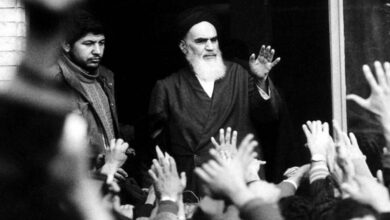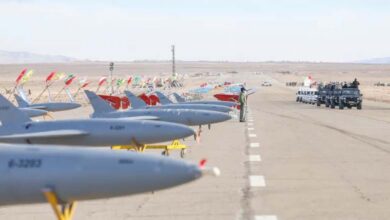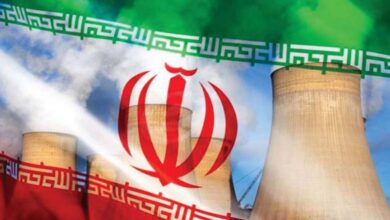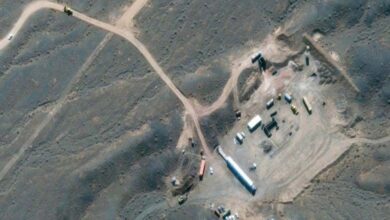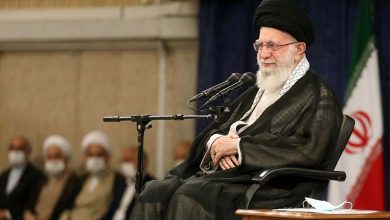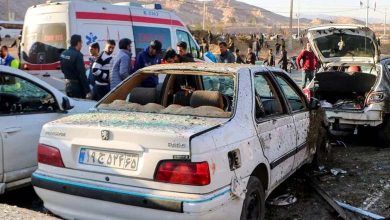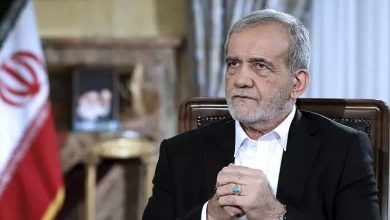Iranian strikes east and west only to save face
Iran's readiness to launch a barrage of missiles against its adversaries is aimed at venting anger and sending warning messages, along with showcasing arms for future sales
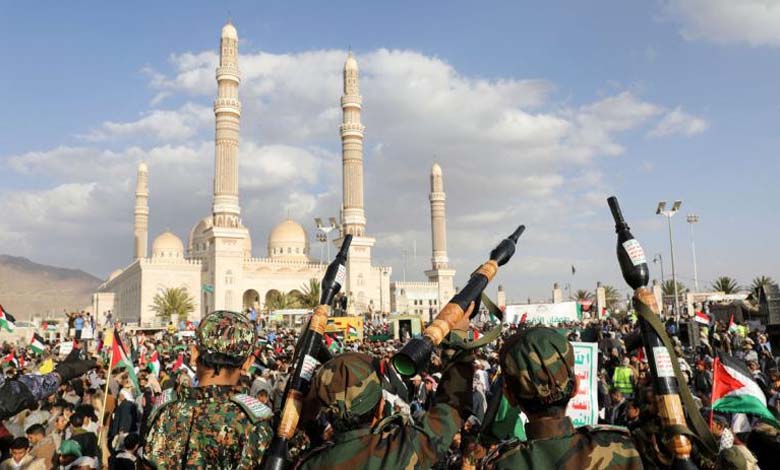
The recent strikes in Iraq, Syria, and Pakistan, despite their repercussions and the anger they provoked, stayed within the limits set by Tehran to avoid escalating the conflict with Washington and Tel Aviv. This is a crucial step for the Iranian regime to save face after the bloody Kerman explosion on January 3, near the mausoleum of Qassem Soleimani, the former commander of the Quds Force, where a “demonstration” of power on a smaller scale maintains its image domestically and internationally.
Through the use of drones and precision-guided missiles, Iran wants to affirm its ability to be a significant arms supplier, especially for missiles. The Iranian Revolutionary Guard claimed to have destroyed a Mossad headquarters in Iraqi Kurdistan in response to “evil acts” by Israel, leading to the death of Revolutionary Guard leaders and resistance axis members.
Iran’s strikes convey a message that its response is driven by internal national security rather than the resistance axis, where its proxies are engaged in the region’s confrontations. In early January, 95 people were killed in southern Iran in near-simultaneous explosions targeting crowds commemorating the fourth anniversary of Soleimani’s assassination by a U.S. strike. In response, Iran’s Supreme Leader Ali Khamenei vowed a “harsh response” to the attack.
In recent weeks, key figures such as Revolutionary Guard leader Razi Mousavi near Damascus, Hamas political bureau deputy Saleh al-Arouri in Beirut’s southern suburb, and Hezbollah military commander Wissam al-Tawil in southern Lebanon have been killed in operations attributed to Israel.
In one of the attacks, Iran claimed to target ISIS in Idlib, Syria, using its longest-range and most advanced missile, the “Kheibar Shekan.”
The range and accuracy of this missile have drawn the attention of security officials in Europe and Israel, as well as experts worldwide monitoring technological advancements in Iran. By combining its latest missiles with a fleet of drones purchased from Russia for use in Ukraine, Iran aims to become the most technologically advanced arms producer in the Middle East, according to The New York Times.
This situation complicates U.S. calculations as the Pentagon monitors the escalating situation in the Middle East following the new conflict between Israel and Hamas, raising the possibility of expanding the conflict to involve Iran.
U.S. plans to counter Iran have long been based on the assumption that Iran’s ability to cause harm outside its borders is limited. There were doubts about the capabilities and strength of Iranian missiles, while its drone program was still relatively new.
Iran’s most powerful weapons, capable of being used against the United States and its allies, were previously considered to be cyber weapons only, ranking Iran lower in threat levels compared to China and Russia. However, Iran’s new capabilities, as revealed by its drones, have surprised many and “now force Western missile capabilities to reconsider defense strategies and responses,” according to the newspaper.
Former U.S. Secretary of Defense Mark Esper stated that Iran is supplying, supporting, and financing all movements disrupting life in the Middle East and beyond, including the escalation of the Houthi rebels and their attacks in the Red Sea. He added that “we must gather with allies from Western and Arab countries and collectively develop a plan to deal with Iran to stop these actions.”
The danger for the region and the world lies in Iran’s missile strikes potentially leading to a broader war. After Iran launched a drone attack on what it described as a terrorist group in Pakistan on Tuesday, the latter responded with missile strikes against extremists in Iran on Thursday.



